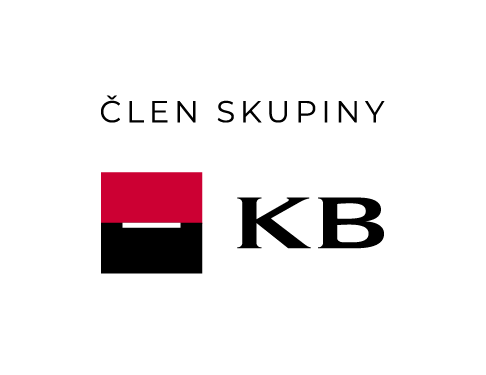11/25/2005

Final Report – Executive Summary - Enviros
Since 2000 the Czech Republic regulates energy consumption for heating and ventilation in buildings. The obligation to owners of the buildings to meet minimum energy requirements for heating are stipulated by the Energy Management Act No 406/2000 Coll. which entered into effect on 1 January 2000.
The minimum requirements and the way in which the owner of the new building or owner of a building undergoing major reconstruction are stipulated in the Decree No. 291/2001 Coll., issued pursuant to this act. The Decree determines the particular energy efficiency limit values for heating and ventilation to be met and also a methodology for calculating the energy consumption and relevant Czech technical standards.
Existing legal framework had to be evaluated in view of the Directive on Energy Performance in Buildings (EPBD), the requirements of which are to be met for new and existing buildings starting 4 January 2006, and certification procedure set for the required set of buildings.
The project started with the Analysis of the EU experience in meeting the requirements of the EPBD and was supposed to bring to the Czech Republic an overview of existing transposition experience, existing calculation tools and requirements and calculation methods used for buildings evaluation and certification. This part of the project was based on experience available to the date of the project execution and it has to be stated that most of the studied countries have not yet adjusted their national practices in full to the EPBD requirements. Thanks to the approaching deadline most countries have been accelerating the process of the EPBD transposition and the picture has been changing fast.
Another important task was to evaluate a set of Czech Buildings and their „aggregate“ energy performance, using methodology that would already include all the set of energy uses, explicitly determined by the EPBD. This exercise, described as Market Segment Analysis, was performed on 24 different mainly public buildings using the UK tool – SBEM.
The achievements of the project in the EPBD implementation in the Czech Republic can be summarised as follows:
- Changes were proposed to the Energy Management Act (EMA) so that the requirements of the EPBD were fully reflected in the Act. The updated draft Act is under approval procedure in the Parliament;
- The executive decree to the draft Act (EMA) transposing the Article 8 and 9 of the EPBD has been developed and submitted to the Ministry of Industry and Trade;
- The framework for implementation of the Articles 3 to 7 of the EPBD has been proposed:
- The integrated indicator for the energy performance of a building was selected and proposed – a weighted sum of delivered energy per annum (GJ/a). Weighing factors were proposed.
- Methods for calculating the indicator and the individual energy consumptions per energy use were proposed, these being advanced degree-day method (mainly for family houses and simple residential houses, and other simple buildings) and monthly method for all more complicated buildings using e.g. cooling, artificial ventilation ad heating at the same time.
- As to rating of the buildings, asset rating was proposed to be used for new and reconstructed buildings, while operational rating was proposed for buildings when sold or rented and for public buildings.
- Buildings to be exempt from the requirements were defined, the energy certificate proposed – both written and graphical part of the Certificate;
- Both asset and operational rating were described and explained and also the relevant CEN and Czech standards
- The environmental, technical and economic assessment of alternative systems has been proposed based to a large extent on already existing practice in energy auditing in buildings; this will have to be performed for all new buildings above 1000 m2 as a part of the certification procedure. Dimensioning of individual systems has been left to the relevant CEN standards;
- Energy efficient measures in buildings have been summarised and a list of recommended measures in individual energy uses was developed to be considered in existing buildings under reconstruction and in case of the building certification. Economic evaluation of the energy saving measures was proposed.
During training seminars the project outcomes were presented and also the national methodology for calculating energy performance of a building. Major principles, aims and impacts of the Directive and the Czech approach (consistent as much as possible with the already existing practice) were discussed.
The project was completed by several other presentation activities and by developing a Manual for investors, designers and owners of a building. The Guideline summarises the upcoming requirements in energy performance evaluation and in the process of certification, suggests possibilities of improving the building energy performance in both building design and in existing buildings, promotes energy efficiency and renewables extension, and provides an overview of the proposed legal documents.
Not all expectations were met during this 10 months project mainly due to the fact that the full implementation of the Directive is in many countries still under completion (incl. the UK and France) and it was not possible to make use of already developed knowledge – this mainly relates to the decisions on the certification procedures and their complexity / simplifications and on data for minimum requirements setup in other than heating uses.
The Commission has promoted a new set of technical standards be adopted in order to make the smooth implementation of the Directive possible. The standards, though, have not yet been finalised and have not yet been fully discussed in the Czech Republic – as to the extent in which they are going to be adopted.
Zpět na předchozí stránku


